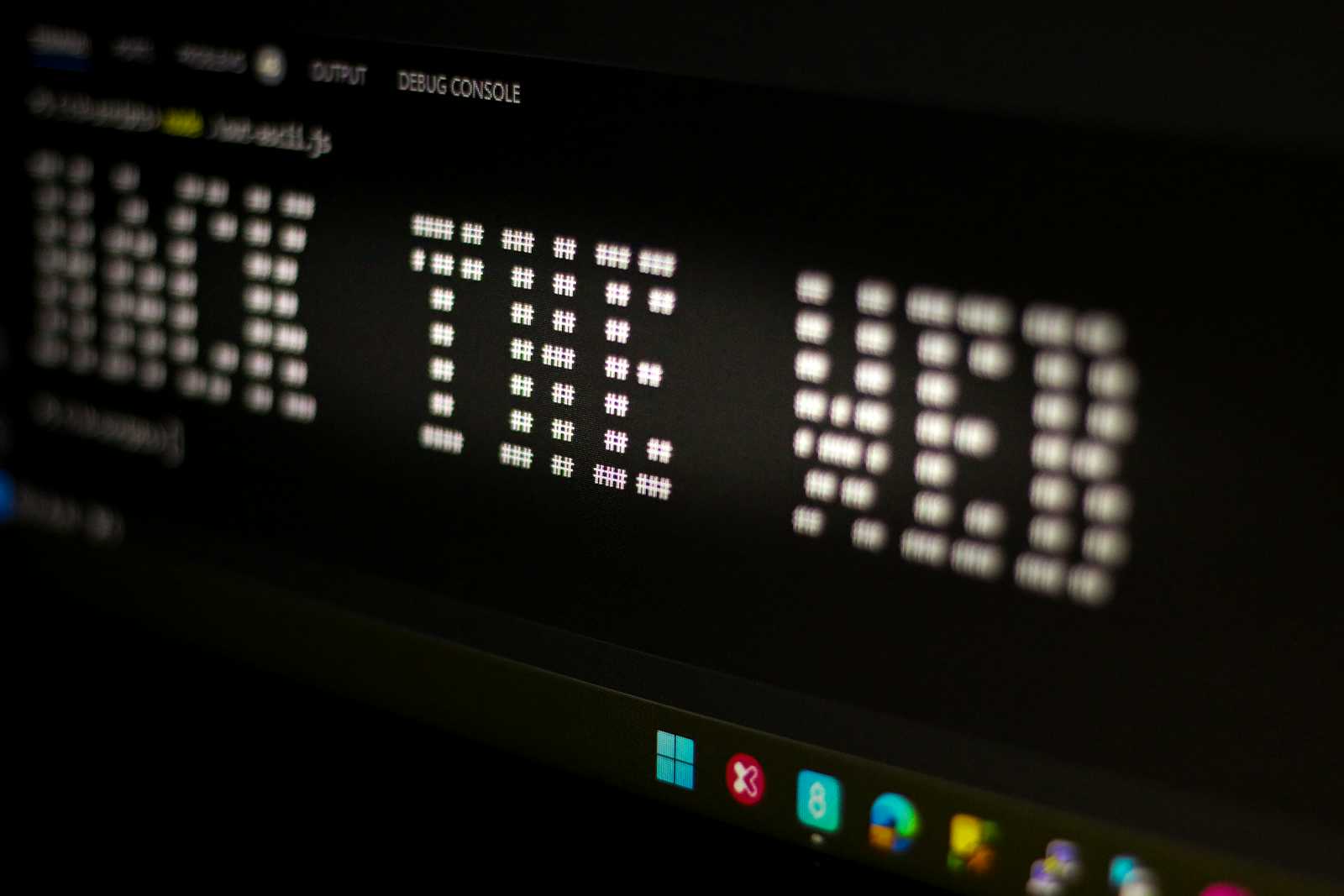Mastering CTF Web Challenges: The Essential Toolkit for Hackers of All Levels
 ZamaaN
ZamaaN
Introduction
In the world of Capture The Flag (CTF) contests, success often hinges on having the right tools to tackle complex web-based challenges. Whether you're exploring HTTP requests, intercepting API traffic, or brute-forcing directories, a powerful toolkit can make all the difference. This guide dives into the best tools for CTF web challenges and explains when and why to use each one—ideal for both beginners looking to break in and seasoned players aiming to optimize their setup.
The Best Tools for CTF Web Challenges
1. OWASP ZAP (Zed Attack Proxy)
Why It’s Good:
OWASP ZAP offers an intuitive interface and is packed with features like automated scanning and manual testing tools. As an intercepting proxy, it’s invaluable for capturing and manipulating HTTP/HTTPS requests on the fly. With built-in spiders and vulnerability scanners, ZAP is an excellent choice for discovering potential security weaknesses quickly, making it especially appealing to beginner and intermediate CTF players.
CTF Scenarios:
Web app penetration testing
HTTP request tampering
Finding hidden directories or files
Best For:
Beginners and intermediate players looking for a user-friendly yet powerful tool.
2. Mitmproxy
Why It’s Good:
Mitmproxy serves as a lightweight, scriptable alternative to more heavyweight tools like Burp Suite or ZAP. Its real-time traffic interception and modification abilities are invaluable, especially for CTF scenarios that require manipulating HTTP and HTTPS traffic in creative ways. For those who enjoy scripting, Mitmproxy’s Python integration makes it a powerful tool to customize on-the-fly.
CTF Scenarios:
Real-time packet interception and analysis
Manipulating API requests and responses
Best For:
Intermediate and advanced players who want scripting, real-time traffic manipulation capabilities.
3. Wfuzz
Why It’s Good:
A fast, command-line tool for brute-forcing hidden directories, parameters, and even credentials, Wfuzz shines in scenarios where quick and flexible brute-forcing is needed. With customization options, it’s perfect for challenges that require extensive enumeration.
CTF Scenarios:
Discovering hidden paths
Brute-forcing form fields and parameters
Best For:
Challenges that involve directory or parameter enumeration and brute-forcing.
4. Gobuster
Why It’s Good:
Simple and lightning-fast, Gobuster is a go-to for directory brute-forcing. Its command-line interface is straightforward, making it ideal for rapid enumeration. Gobuster is often preferred for quickly uncovering commonly hidden directories, such as /admin, /backup, and even flag.txt.
CTF Scenarios:
Directory discovery
Quick brute-forcing for hidden files and folders
Best For:
Fast brute-forcing challenges where speed is essential.
5. Nikto
Why It’s Good:
Nikto excels at scanning web servers for known vulnerabilities and misconfigurations. As a quick recon tool, it’s invaluable in identifying weak configurations or outdated software versions that may be exploitable in CTF challenges.
CTF Scenarios:
- Quick reconnaissance to identify server vulnerabilities
Best For:
Recon challenges requiring fast vulnerability scans on web servers.
6. SQLmap
Why It’s Good:
SQLmap is a powerful tool for automating SQL injection, a frequent challenge in CTFs. SQLmap can detect and exploit SQL injections quickly, which can be the key to accessing and extracting database information in vulnerable systems.
CTF Scenarios:
Database exploitation via SQL injection
Data extraction from vulnerable databases
Best For:
Database-related challenges, specifically those involving SQL injection.
Recommended Setup for CTFs
When building your toolkit for web exploitation-focused CTFs, consider combining several tools to maximize efficiency and adaptability:
OWASP ZAP or Mitmproxy: Use these as your primary tools for traffic interception and manual testing. Both are great for capturing HTTP requests and performing in-depth analysis.
Gobuster or Wfuzz: Quickly enumerate directories and files to find hidden paths and vulnerable endpoints.
SQLmap: Keep this on standby for any database-related challenges requiring SQL injection.
Nikto: Run a quick scan at the start of recon to spot any known vulnerabilities or server misconfigurations.
Beginner-Friendly Choice: Start with OWASP ZAP
If you’re new to CTFs or want a tool that covers a wide range of web-based challenges, OWASP ZAP is an excellent starting point. With its user-friendly interface, you’ll be able to intercept, modify, and analyze requests while also leveraging its built-in vulnerability scanner.
For Advanced Players: Focus on Mitmproxy and Specialized Tools
Experienced players tackling high-performance or API-heavy CTFs will appreciate Mitmproxy’s scripting abilities, along with more focused tools like Gobuster and SQLmap, which can quickly adapt to specific challenge requirements.
Conclusion
Choosing the right tools can turn even the most challenging CTF puzzles into solvable problems. Start with OWASP ZAP for general use, but don’t hesitate to dive into specialized tools like Mitmproxy, Gobuster, and SQLmap as you advance. With the right setup, you’ll be well-equipped to tackle any web-based challenge and secure your place on the CTF leaderboard! Happy hacking!
Subscribe to my newsletter
Read articles from ZamaaN directly inside your inbox. Subscribe to the newsletter, and don't miss out.
Written by

ZamaaN
ZamaaN
I am a driven individual with the ability to adapt to any situation and proven potential to grow myself and others.